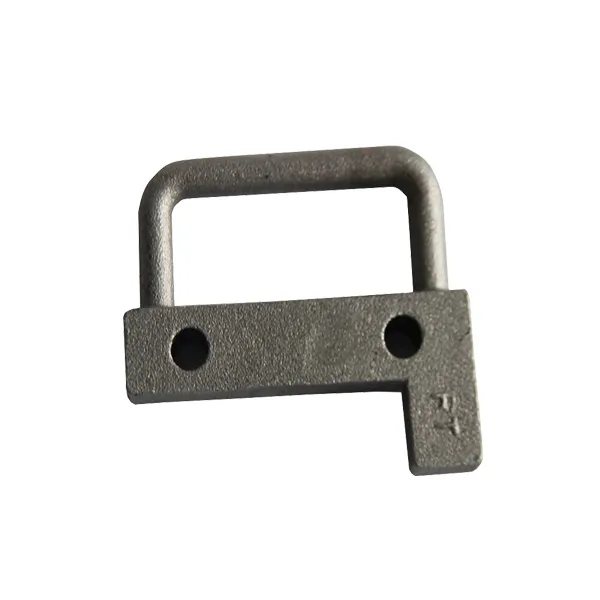
Shell Mould Casting, also known as shell molding, is an advanced and efficient method of expendable mold casting that utilizes a unique type of sand to form the mold. This process is widely employed in the manufacturing industry due to its ability to produce dimensionally accurate castings with a smooth surface finish, while also reducing production time and costs.

The key component in shell mould casting is the sand used to create the mold. This sand is not ordinary construction sand but a specialized mixture known as resin-coated sand or coated sand. It consists of fine silica sand that is uniformly coated with a thin layer (typically 3–6%) of a thermosetting phenolic resin and a liquid catalyst. The phenolic resin serves as a binding agent, holding the sand grains together to form a strong, yet flexible shell.
The sand mixture is carefully prepared to ensure optimal performance during the casting process. The sand grains are typically coated with the resin and catalyst in a controlled environment to ensure even distribution and complete coverage. This ensures that the resulting shell has uniform strength and stability.
The shell mould casting process involves several steps, beginning with the creation of a metal pattern in the shape of the desired casting. This pattern is usually made from cast iron and heated to a temperature ranging from 230 to 260 °C (446 to 500 °F). Heating the pattern facilitates easy separation of the shell from the pattern once it has been formed.
Once the pattern is heated, it is coated with a lubricant to further aid in the separation process. The pattern is then clamped to a dump box, and the resin-coated sand mixture is introduced onto the heated pattern. The heat from the pattern partially cures the resin, forming a thin, hard shell around the pattern.
The pattern and surrounding shell are then placed in an oven to complete the curing process. This step is crucial as it ensures that the shell is fully hardened and ready for use. Once the shell has been cured, it is ejected from the pattern, and the two shell halves are joined together to form the complete shell mold.
If any cores are required, they are inserted into the mold before it is clamped securely. The shell mold is then placed into a flask and supported by a backing material to provide additional stability during the pouring process.
Molten metal is poured into the mold cavity through a gating system, filling the mold completely. After the metal has cooled and solidified, the mold is broken, and the casting is removed. The result is a precision-cast component with excellent dimensional accuracy and surface finish.
Shell mould casting offers several advantages over traditional sand casting methods. It produces castings with higher dimensional accuracy and smoother surface finishes, reducing or eliminating the need for secondary machining operations. This method also allows for the use of lower draft angles, making it suitable for casting more complex shapes.
Furthermore, shell mould casting can be automated, reducing labor costs and increasing production efficiency. The use of resin-coated sand results in lighter and more easily handled molds, further reducing production time and costs.
In conclusion, shell mould casting utilizes a specialized type of sand known as resin-coated sand or coated sand. This sand consists of fine silica sand coated with a thin layer of thermosetting phenolic resin and a liquid catalyst. The unique properties of this sand mixture enable the production of high-quality castings with excellent dimensional accuracy and surface finish. Shell mould casting offers numerous advantages over traditional sand casting methods, making it an essential process in the manufacturing industry.